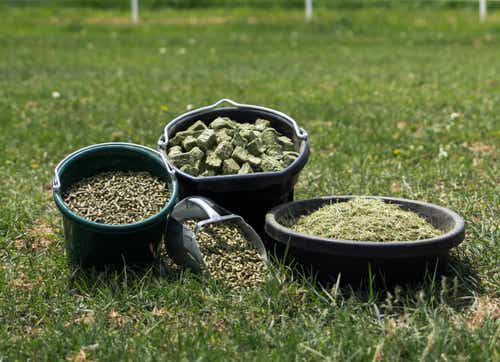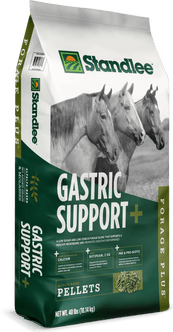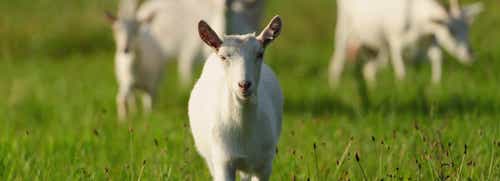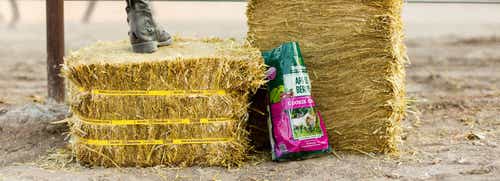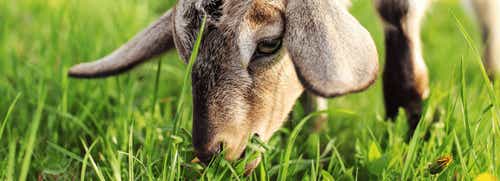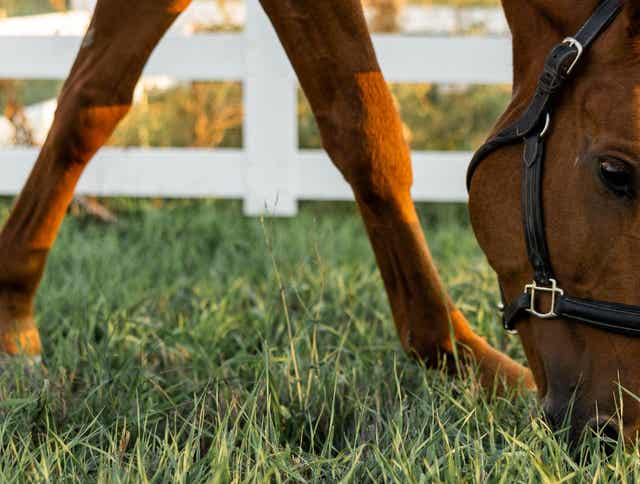
Preparing Your Horse For Spring Pasture
As pastures begin to flourish with lush greenery, the temptation to release animals early for grazing intensifies. However, the readiness of your horses and pastures varies depending on location and individual circumstances. While some may already be grazing, others might not be quite prepared. Regardless, the decision to initiate spring pasture grazing should be guided by the condition of your animals and pasture.
For most horse owners, relying solely on pasture for fiber isn't feasible due to limited access. Supplementing with dry forage or hay becomes necessary, with pasture serving more for exercise, and socialization, and providing some nutritive value, particularly for strengthening foals' bones.
In the 35th episode of Standlee’s Beyond the Barn® podcast, Equine Nutritionist Dr. Tania Cubitt and Marketing Consultant Katy Starr delve into the topic of spring pasture management, assessing the readiness of both pasture and horses for grazing.
Below are five tips to help prepare your horse for pasture this spring.
Prepare Your Horses Stomach
Rapid changes in a horse's diet, whether it involves introducing new grains, altering hay types, or shifting to pasture grazing, can trigger colic and laminitis if executed abruptly. Conversely, a gradual transition allows the digestive system to acclimate effectively. Different diets prompt the horse's digestive tract to secrete specific types and quantities of enzymes, a pattern mirrored in the composition of bacteria within the hindgut microbiome.
Early spring pastures are characterized by high moisture content, protein levels, and nonstructural carbohydrates (NSC), encompassing sugars, starches, and complex fructan sugars. High-NSC diets pose two primary concerns: Firstly, an abrupt shift to such a diet can disrupt the hindgut due to the inadequate removal of sugars and starches intended for processing in the small intestine. Secondly, for horses with metabolic issues like insulin dysregulation and equine metabolic syndrome, NSCs can provoke laminitis and founder.
Protect Your Horses Hind Gut
Another step that you can take to protect your horse’s hind gut health is incorportating our new Forage Plus Gastic Support into their diet.
This highly palatable forage option is carefully crafted with low levels of sugar and starch without any added grain. The addition of marine-derived calcium, ButiPearl Z EQ, and a proprietary pre and pro-biotic (GI Pro3) is the ideal recommendation for protecting against digestive sensitivities to help address digestive issues and upsets effectively. To learn more, read our recent blog post - Gastric Support for Horses.
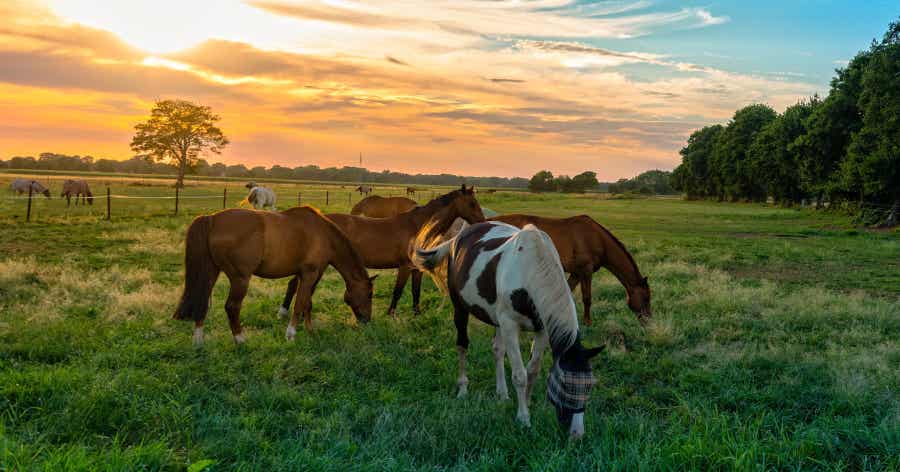
Replenish Your Horses Nutrients
Just like a garden or farm, your pasture is growing plants and requires nutrients to be replenished. To maintain a growing and beautiful pasture, we recommend that you test your soil every three years and work with your equine nutritionist and local extension office to ensure that your animals are receiving the best nutrition from your pastures as possible.
Dr. Cubitt states the reason for testing soil from pastures, “we want to make sure that if we have fertilization in our budget, that we're putting exactly what our fields need on and not extraneous other nutrients that are not required…doing a soil test and most of your local extension offices will help you with a soil test…”
When applying the fertilizer, we recommend that you apply half in the early spring, the other half in the early summer months, and always prior to rainfall. Dr. Cubitt also recommends “that you keep the horses off the field until you can no longer see the fertilizer so that it’s sunken into the ground.”
Avoid Overgrazing
A practical guideline is to ensure that horses graze plants down to a minimum height of 3 inches to prevent weakening them. Plants, like people, require periods of rest for optimal growth and longevity. When pasture plants are given time to recover and grow after being grazed, their root systems become stronger and denser, ensuring their survival for many years. Once horses have eaten the pasture grass down to a height of 3 inches, it's advisable to relocate them to another pasture to allow the plants to rest. Typically, pastures should be rested for approximately three weeks before being grazed again. By strategically rotating horses through smaller, rested pastures, the health and longevity of pasture plants can be maintained over time.
Optimizing Your Spring Pasture
Managing spring pasture grazing requires careful consideration of both the condition of your horses and the state of your pastures. While the allure of greenery may prompt an early release of animals for grazing, it's crucial to assess their readiness and avoid abrupt dietary changes that could lead to digestive issues like colic and laminitis. Supplementing with dry forage or hay may be necessary for optimal nutrition, especially for horses with metabolic concerns.
Furthermore, maintaining a healthy pasture involves replenishing nutrients through regular soil testing and appropriate fertilization practices. Dr. Cubitt emphasizes the importance of targeted fertilization to meet the specific needs of your fields, ensuring optimal growth without unnecessary nutrient buildup. Additionally, practicing rotational grazing and avoiding overgrazing helps maintain the health and longevity of pasture plants, promoting robust root systems and sustained growth.
References:
10 Steps to a Healthy Productive Horse Pasture - The Equiery


